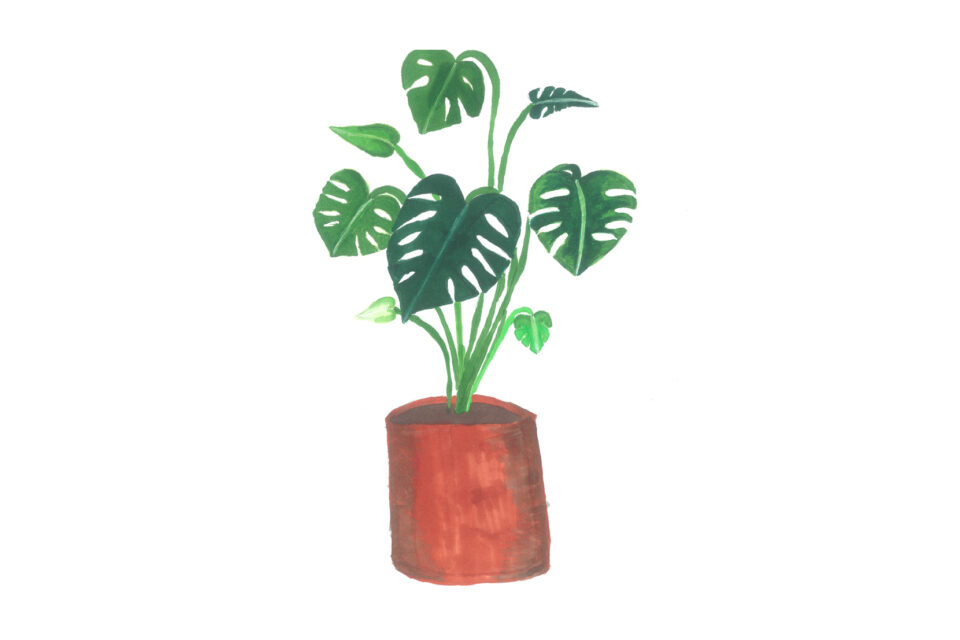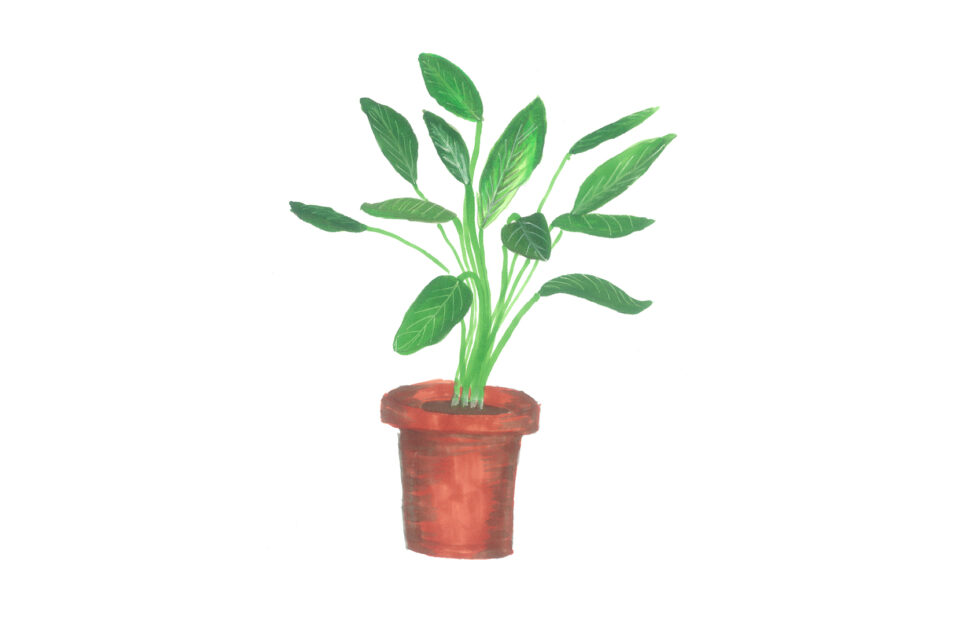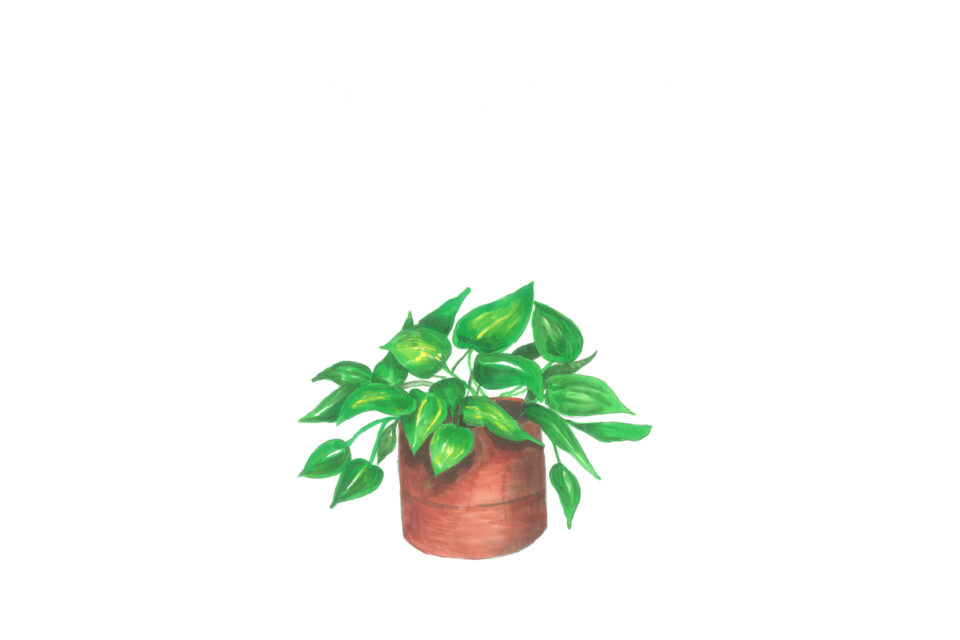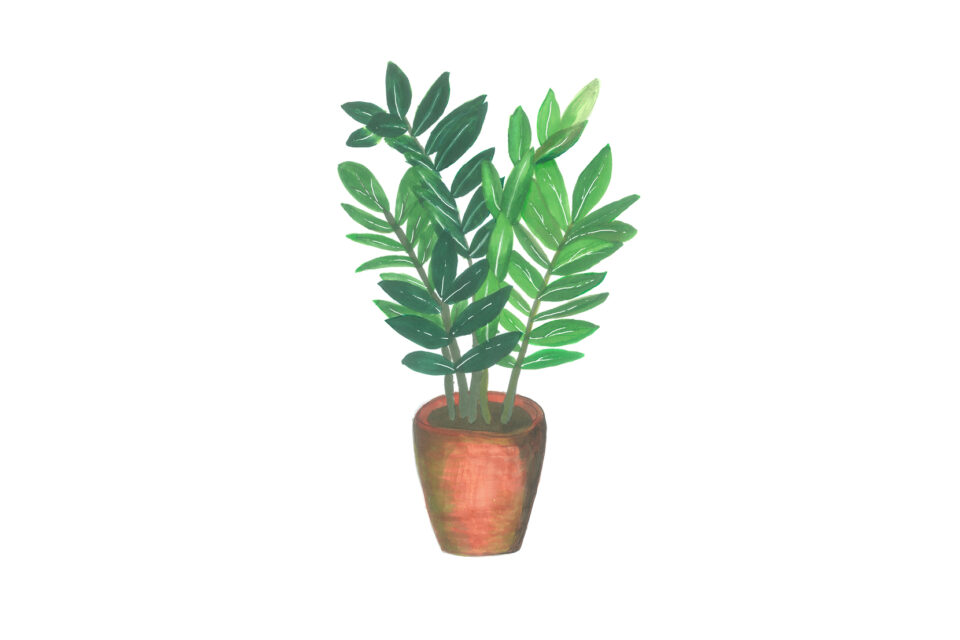An expert’s guide to indoor plants
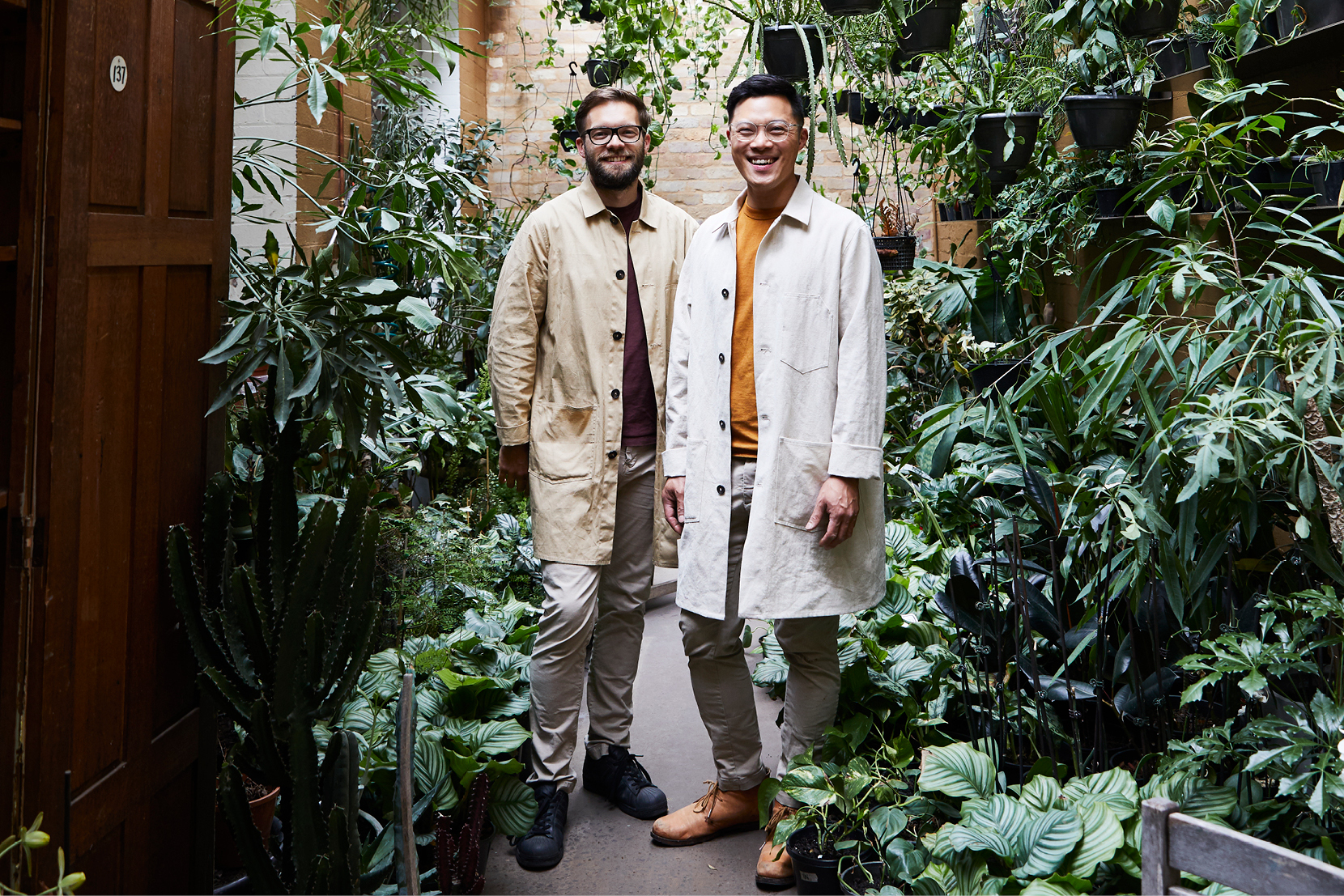
How to select plants for your apartment (and help them thrive)
Not only do indoor plants look good – it turns out they’re good for us, too. Studies have shown that bringing a little bit of the outdoor world into your living space has positive benefits for your physical and mental health.
From reducing stress and fatigue to boosting mood and productivity – and purifying the air while they’re at it – there are plenty of reasons to flex your green thumb and develop an indoor jungle of your own.
This approach to connecting with the natural world – also known as biophilic design – was something we considered when designing the indoor planting for Home. We teamed up with The Plant Society to curate our green interior spaces. “As urban dwellers, we forget the importance of nature in our lives and that even simple additions of greenery make a world of difference in our homes,” says Jason Chongue, co-founder and owner of The Plant Society.
Picking the perfect plants
When choosing plants for your apartment, the first and most important step is to assess your environment. Natural light is the most critical factor here, so pay attention to the intensity and duration of the light on offer in your space.
If you’re just getting started, try not to overcomplicate things by taking on too many plants. Not only will it stop you from overcrowding the space and making it look smaller, but slowly growing your collection also allows you to develop your skills and get into the habit of plant maintenance.
After all, if you take care of your plants – they’ll take care of you.
JASON CHONGUE’S TOP TIPS FOR GROWING PLANTS IN YOUR APARTMENT
-
Light matters
Slow down and observe the natural lighting on offer in your home. Always select plants that will thrive in the lighting you have on hand.
-
Go easy (on yourself)
Gardening is all about building your skill set. Don’t be hard on yourself as you learn.
-
Personal plant style
Plants can be an extension of your personality. Embrace the aesthetics you love through foliage and texture.
